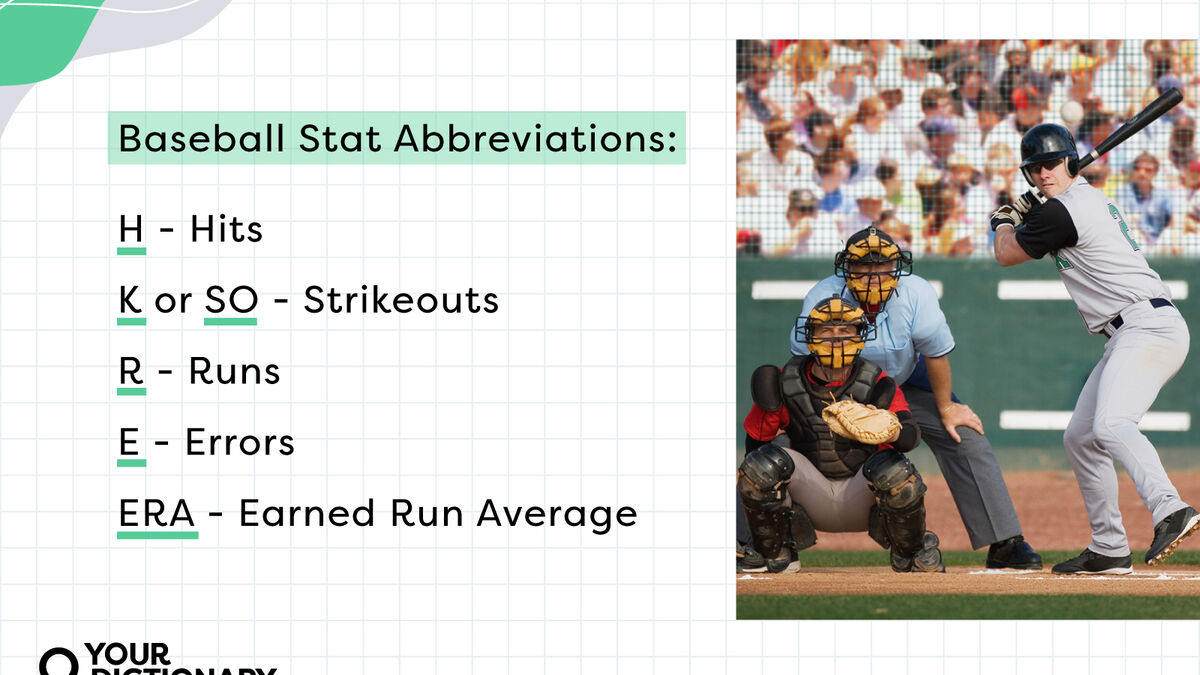So, the other day I was watching a baseball game, and I kept hearing the commentator say “LOB.” I’d heard it before, but honestly, I never really knew what it meant. It got me thinking, “What the heck does LOB actually stand for in baseball?” So, I grabbed my phone and did a quick search.
Turns out, LOB stands for “Left On Base.” Basically, it’s a stat that tracks how many runners are left on base at the end of an inning. I felt kind of silly for not knowing, but hey, you learn something new every day, right?

I started digging a little deeper, reading some articles and forum posts. I wanted to get a better understanding of how this whole LOB thing worked and why it even mattered in the game.
I went through a couple of examples of box scores. I tried to see what LOB stats looked like for different games. Sometimes the numbers were low, like 2 or 3, and other times they were way up in the double digits!
- It became pretty clear that a high LOB usually means a team wasn’t very good at bringing runners home to score. They were getting on base but couldn’t quite seal the deal.
- On the flip side, a low LOB usually meant a team was doing a good job of cashing in on those scoring opportunities.
My Realization
After spending a good chunk of time on this, I realized that LOB is actually a pretty important stat. It’s not just about how many hits or walks a team gets, but also about how well they capitalize on those chances. You can have tons of runners on base, but if you can’t get them across home plate, it doesn’t really matter, you are not making runs. That’s the name of the game, after all.
It was definitely an eye-opening experience. Now, when I watch baseball, I’ll be paying a lot more attention to that LOB number. It’s like a little window into how efficient a team is at turning scoring opportunities into actual runs. It’s kind of fun to learn these little nuances of the game. Made me appreciate baseball even more!

























